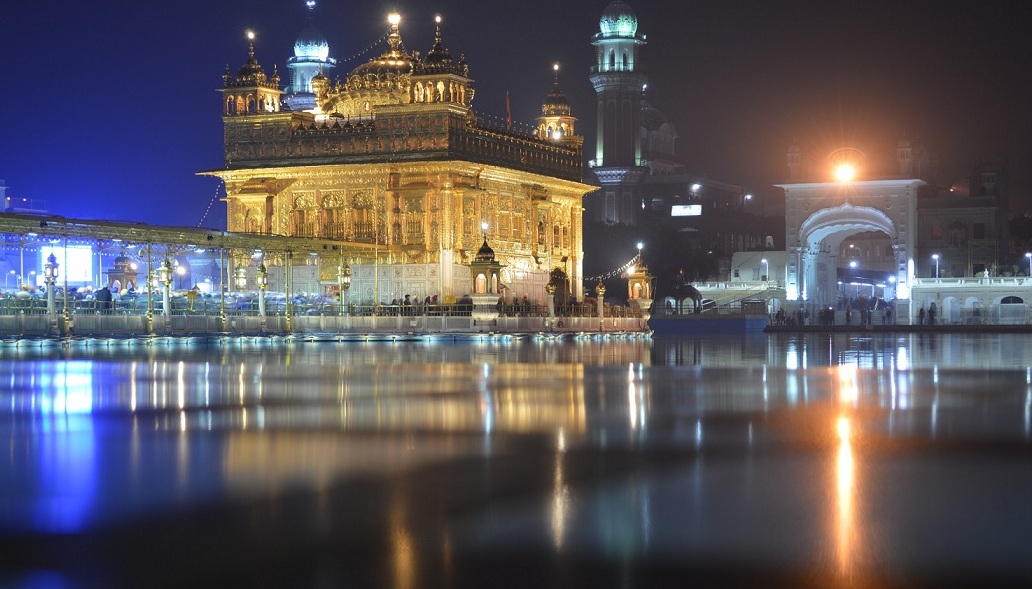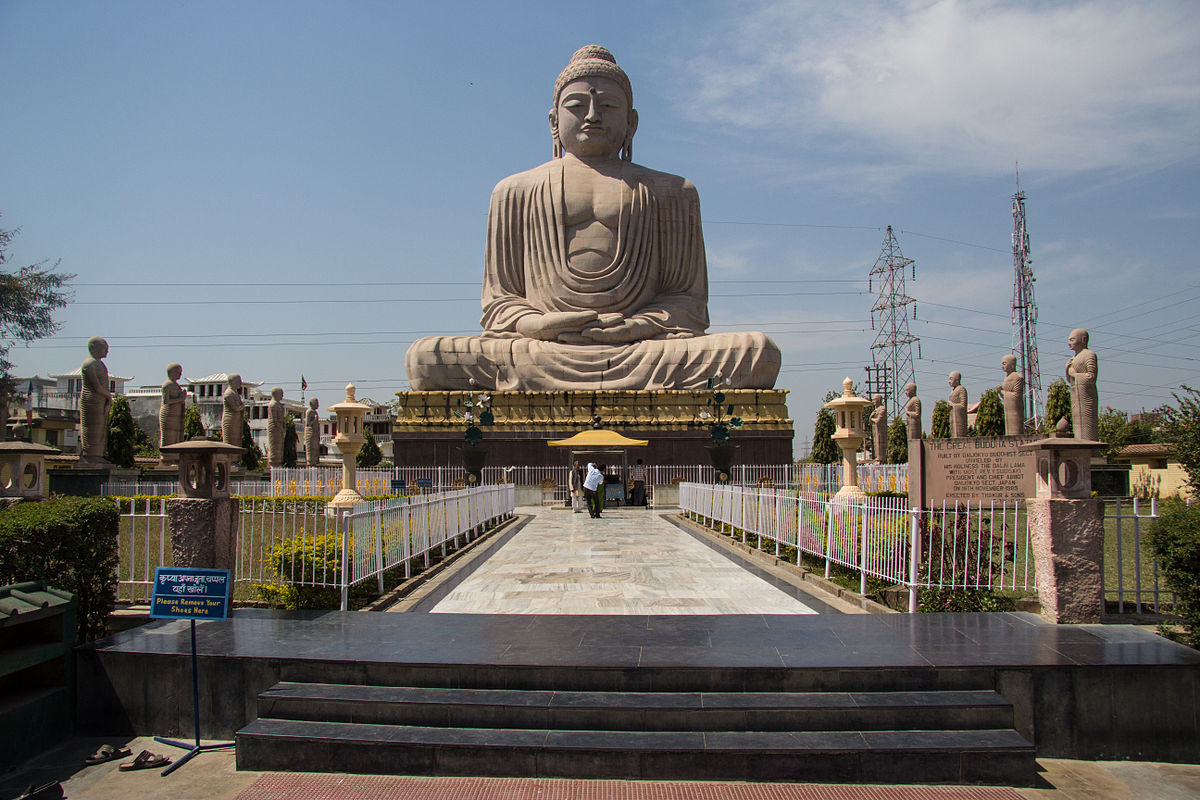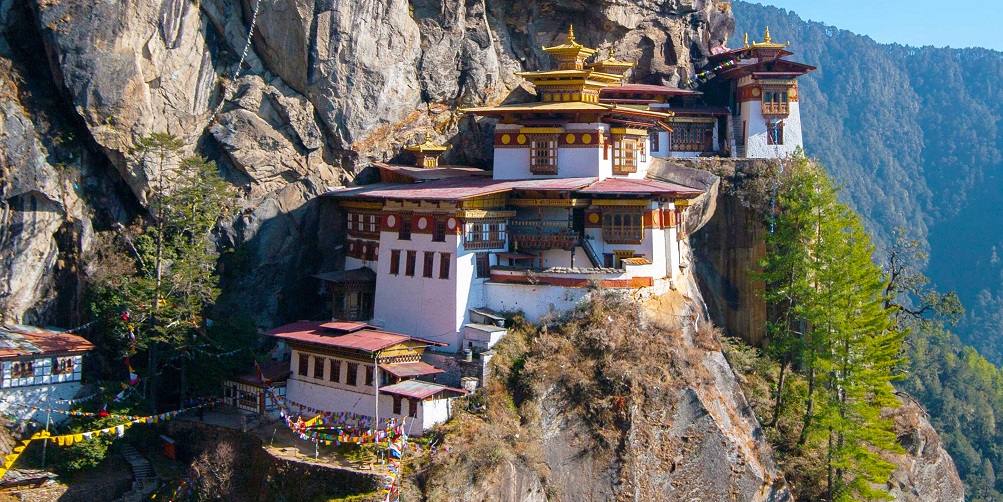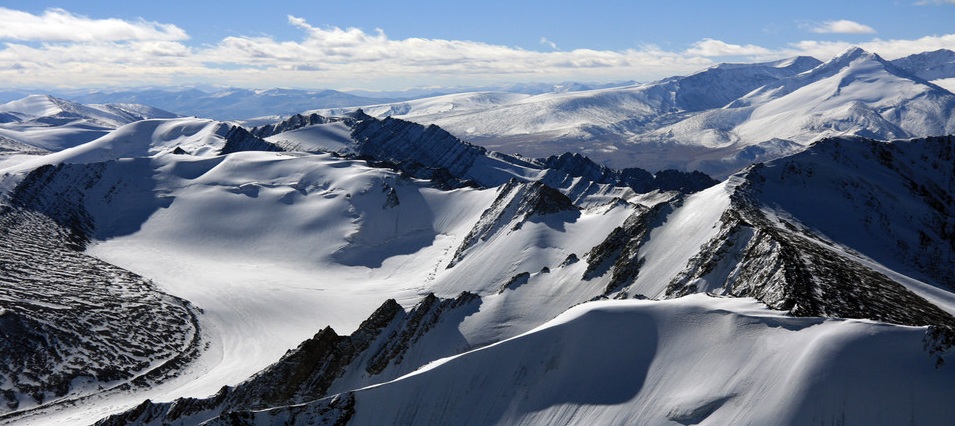AMRITSAR: The city of the holiest Sikh pilgrim Planning to visit Amritsar? Great idea! You must visit this city if you are an enthusiast of brotherhood and selfless humanity service introduced by Sikhism; it is located in the northwestern portion of India. Historically known as Ambarsar and Rāmdāspur, it is among the heritage cities for HRIDAY – Heritage City Development and Augmentation Yojana scheme. Not only the followers of the Sikh religion, but Buddhism followers also love to visit Amritsar. Nearest cities Lahore and Kasur were founded by the sons…
Read MoreTag: Buddhism
BODH GAYA – THE CITY OF BODHI TREE
Lord Buddha, the founder of the Buddhism, was born as Siddhartha to Emperor Śuddhodana. His family name was Gautama, and he married Yashodhara. As luxury lifestyle turned him dissatisfied, Gautama, who married Yashodhara, left his palace in search of peace and understanding of the world’s misfortunes. He said to have obtained Enlightenment under a tree in Gaya district in the Indian state of Bihar. This tree became known as the Bodhi Tree. It became UNESCO World Heritage Site in 2002. He gave his first sermon at Sarnath after forty tears…
Read MoreBUDDHISM IN THE HIMALAYAS
Buddhism, based on the teachings of Siddhārtha Gautama, was started around the Kingdom of Magadha. It split into two branches – the Mahāsāṃghika and the Sthaviravāda – during the reign of Emperor Ashoka. Each of the branches further subdivided into numerous sub-sects throughout the subcontinent. The Theravāda in Sri Lanka and Southeast Asia, and the Mahāyāna in the Himalayas and East Asia are two major branches of Buddhism exist now. Indian Buddhists mainly live in the Himalayan region, southern India, and near the Myanmar border. Today about 7.5 million people…
Read MoreHIMALAYAS, THE CITY OF GODS
The Himalayan range is spread across India, Pakistan, Nepal, Bhutan, and China. The name of the range which offers some of highest peaks of the world, including the highest Mount Everest, is composed of two words – himá (snow) and ā-laya (receptacle, dwelling). It boasts over fifty mountains exceeding 7,200 meters in elevation, including ten of the fourteen 8,000-meter peaks. It also offers major rivers like the Indus, the Ganges, the Brahmaputra, and the Yarlung Tsangpo. The Himalayas, Giri-Raj or the King of Mountains, are home to a diversity of…
Read More


